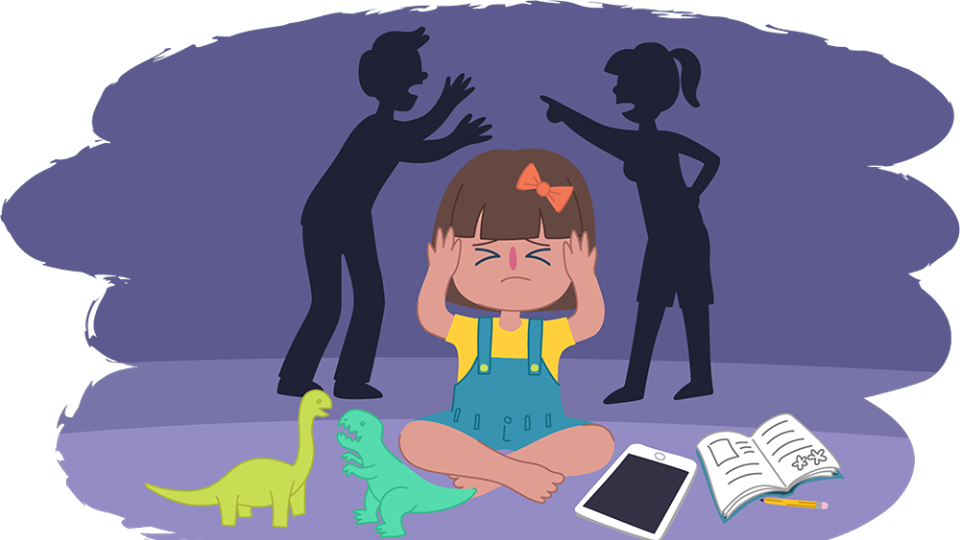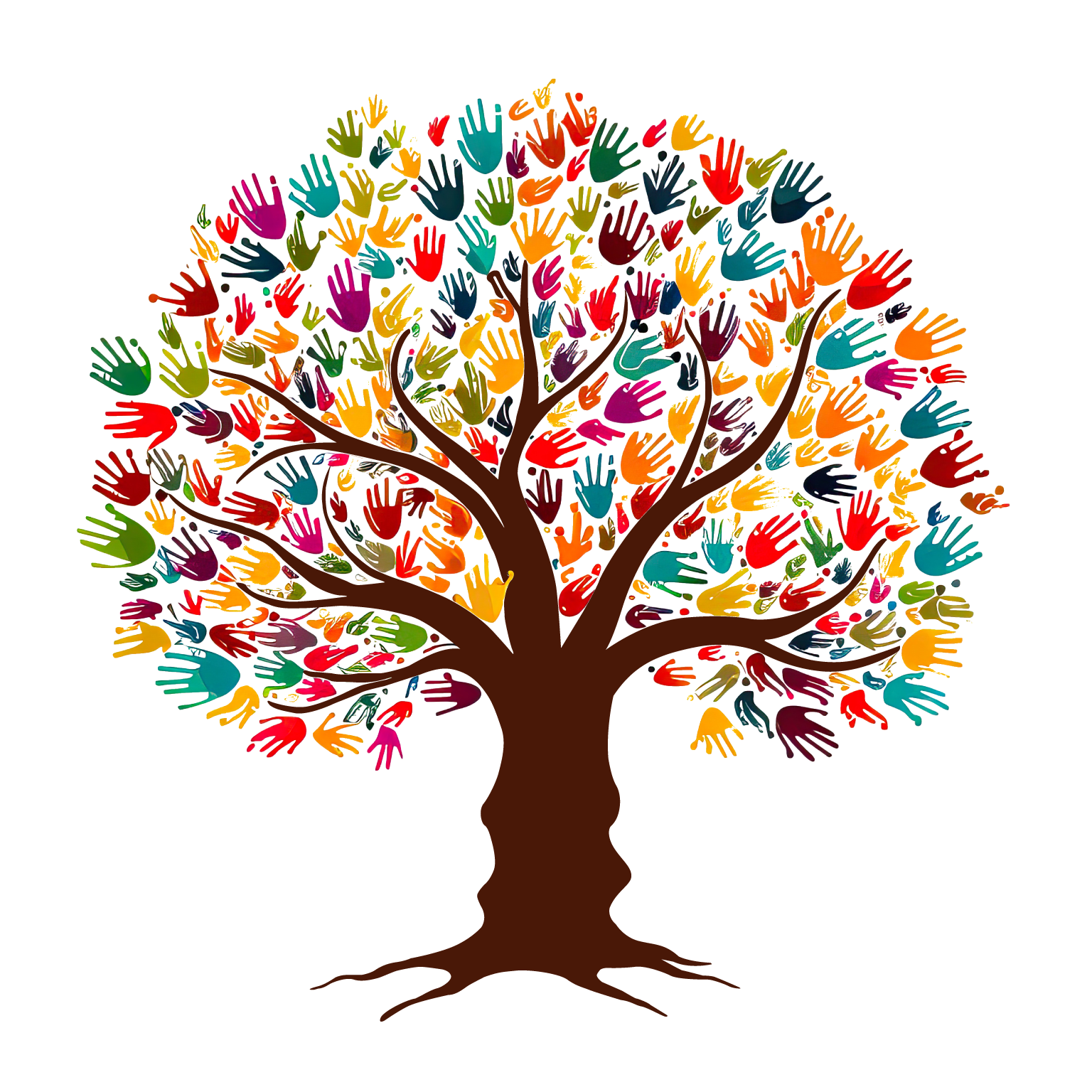By Amira Ibrahim and Alexandria Corran
It is estimated 160,000 children are living in households where domestic abuse is present. Children are often overlooked in cases of domestic abuse but under the Domestic Abuse Act 2022, children are victims of domestic abuse in their own right. In this article, we explore the psychological and emotional impact of young victims, signs of abuse to recognise in children, and how to provide the support they need to overcome trauma.
How Domestic Abuse Affects Children
It is essential to understand how children behave in an environment where domestic abuse is present. Reactions vary from blocking out the abuse and shutting down to mirroring the abuser and adapting toxic behaviours. Predominantly, domestic abuse leads to anxiety, depression, and low self-esteem in children. Here, we will examine these different responses and how they manifest in children’s behaviours.
Children in abusive homes tend to build defense mechanisms. Many adapt by creating safety plans in response to particular actions or behaviours. For example, they can block out arguments between parents with headphones or turn up the volume of the TV. Children can be incredibly resourceful, often finding ways to ignore the overwhelming issues at home.
Another common behaviour in children is mirroring. Children can mirror toxic behaviours shown by the perpetrator parent towards the victim parent. 84% of domestic abuse victims are women so in many cases, children develop harmful, learnt behaviours toward women. This might include derogatory name-calling and adopting misogynistic views, as in believing cooking and cleaning are solely a woman’s responsibility in the household.
Some children display distressing behaviours, such as flinching at loud noises. This can be accompanied by low moods, poor self-esteem, or anxiety. Many also experience a deep sense of disappointment toward their parents for not leaving or protecting them. As a result, these emotions and reactions often contribute to serious mental health issues and, in severe cases, self-harm.
Abuse in children can also lead to significant attachment issues and identity crises, creating barriers to forming meaningful relationships. In some cases, children end up seeking attention, affection, and are left vulnerable to exploitation. This vulnerability can result in coercion and manipulation, leaving children more susceptible to dangers like gang affiliation.
Girls, in particular, who witness their mother being abused are more likely to enter abusive relationships themselves as they witnessed abuse as a norm in daily life. They typically lack an understanding of healthy relationships and have become accustomed to domestic abuse.
Signs Of Abuse To Look Out For:
78% of children living with domestic abuse are directly harmed, and this harm can extend beyond physical injuries. The emotional trauma can be recognised through a child’s words or actions. Teachers and caregivers should be attentive to signs such as antisocial behavior and difficulty socialising, as children exposed to domestic abuse may appear withdrawn or struggle maintaining friendships. Without a clear model of healthy relationships at home, they often struggle to connect with peers, especially those from stable family environments.
Another sign to look out for if students appear to be under coercive control, as this form of abuse is often high-risk. Educators must stay vigilant for any indicators, such as mentions of CCTV in the home, limited contact with extended family members, or excessive mobile phone checks. If the child mentions alarming incidents, such as violent outbursts, teachers must report this.
However, many children are taught how to speak to other adults in order to protect their parents. To combat this, it is best to not directly ask them direct questions about domestic abuse. Instead, focus on general aspects of their home life, identify who plays a significant role in the child’s life, and observe how they describe the adults closest to them.
Children exposed to domestic abuse may feel a strong loyalty to their parents and be warned of the repercussions in informing other adults about the situation at home. Fears of separation can silence children, making them too afraid to tell the truth. This is why it’s necessary for adults to stay alert in recognising signs of abuse, as domestic abuse is still widely prevalent, even though some children may be more quiet about it.
With the NSPCC Helpline reporting 4,000 contacts concerning children in domestic abuse just between April 2024 and September 2024, domestic abuse is a very real, present risk. If there are concerns regarding domestic abuse, it’s crucial to report them, as in-depth investigations are essential for uncovering important details that short conversations with the child may not reveal.
How To Break The Cycle And Help The Child:
In recent years, 90% of domestic abuse occurred in the home. This highlights the importance of the abused parent acknowledging the abuse to the child and having an honest conversation to reinforce that such behavior is not acceptable. Addressing the issue helps break the cycle, allowing the child to understand that abuse is not acceptable, and supports their ability to build healthy relationships in the future.
Therapy, community activities, educational programmes, and additional support at schools can further help the child in breaking the cycle and begin the recovery process. Schools can incorporate lessons or assemblies that address these experiences, raise awareness, and encourage children to seek support. Staff should conduct regular check-ins with the affected child and avoid using raised voices, ensuring school remains a safe and nurturing environment to assist in the child’s healing.
Unfortunately, many children learn to live with the trauma of domestic abuse, but any child that has experienced such abuse will need support. This support can be provided in many ways, such as allowing space for the child to verbalise their experiences and process their emotions. The most effective way to support children affected by domestic abuse is to listen to them, validate their feelings, and offer reassurance.
Lastly, adults in the lives of young victims should always avoid invalidating or minimising the child’s experiences. Children are the experts in their own lives and their emotions should be encouraged to be expressed in a healthy manner. To initiate this healing process, teachers must first have a solid understanding of the signs of domestic abuse in children and feel confident in assessing risks.
There are resources and organisations for children in domestic abuse, including Childline and NSPCC. Childline provides videos, online advice, message boards and a helpline – 0800 1111. NSPCC has a Speak Out Stay Safe scheme along with other protection and education schemes, providing both parents and children with an abundance of accessible tips and guidance.
From parents, educators, communities, schools and, organisations; there is support in many forms for children in domestic abuse. All adults in the child’s life have to strive to provide space, support, and safe environments for their healing, development, and empowerment.


